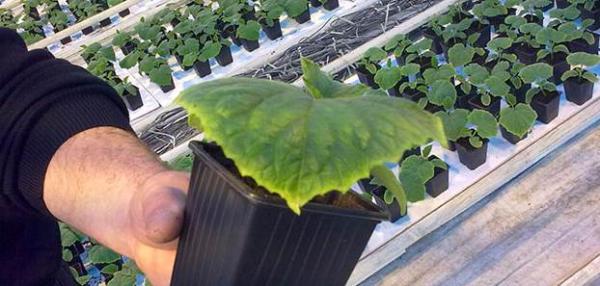Many gardeners to produce early harvest using a seedling method of growing cucumbers. Anxious care for seedlings does not always give the desired result. One of the most common problems - the leaves begin to turn yellow. Seedlings are also prone to this. Why this happens and what to do - about this article.
Table of contents
The reasons why cucumbers have a yellow leaf
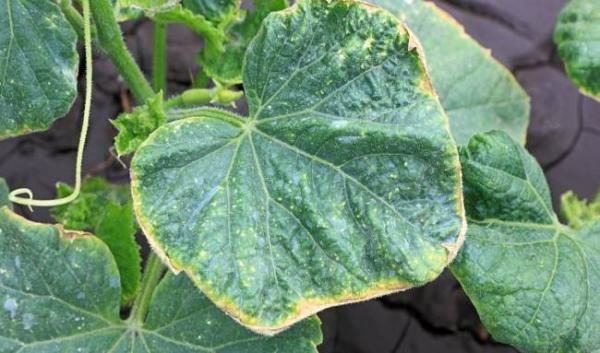
Why can appear yellow or white spots, develop diseases, fall off the fruit, dry the stems? Yellow leaves may appear for a number of reasons. Do not immediately get rid of damaged shoots, you first need to figure it out. The overall picture of the state of the soil, the root system will prompt the criticality of the situation and help determine what to splash cucumbers and what other measures should be immediately started. Among the main causes of yellowing leaves gardeners distinguish the following:
- lack of light, it does not allow the plant to grow;
- nutrient deficiency or oversupply in the soil (especially nitrogen and manganese);
- violation of the irrigation regime (waterlogging or drying out of the soil);
- seedling sprouting (there is little room in the roots in the container used for germination);
- unstable temperature;
- the influence of toxic substances (observed when using foam and other polymers for growing seedlings);
- plant disease disease either pests.
From what seedlings begin to turn yellow and dry, how to save it
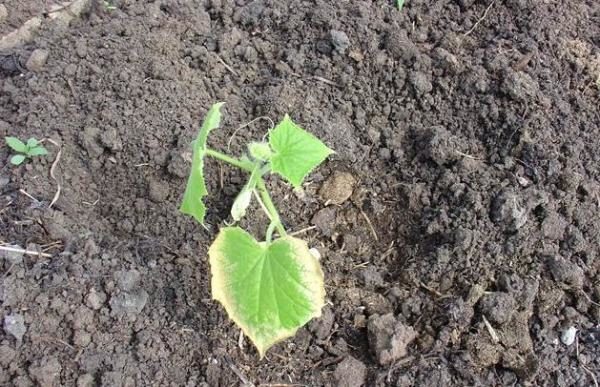
If the cotyledon leaves have turned yellow on the seedlings, they begin to dry out, then the reason lies in the new shoots that the sapling is overgrown with. To remedy the situation, it is enough to remove excess branches or ovaries. Also, violations in agricultural technology are not excluded. Experts recommend before the start of seasonal work to draw up a schedule of necessary measures, in time to sow, plant and transplant, spray and apply fertilizer.
Yellow greens seedlings can and from low temperatures (especially at night frosts on the ground). That is why when planting seeds on an open bed you need to cover it at night with a film or agrotextile.
Seedlings sensitively perceive the lack of beneficial trace elements, in particular potassium, and this must be addressed. It is important to adhere to the timing of making supplements, so that the developing plant has enough strength and energy for normal growth.
Yellow leaves at seedlings in a greenhouse, with which to fight
When growing cucumbers in a greenhouse, the regime of moisture and temperature is often violated. Excessive humidity of air and soil leads to the development of fungal diseases. The plant reacts to a deviation in the environment with yellow leaves. Initially, the tips turn yellow, then the whole leaf may be covered. Ignore this signal is not worth it.
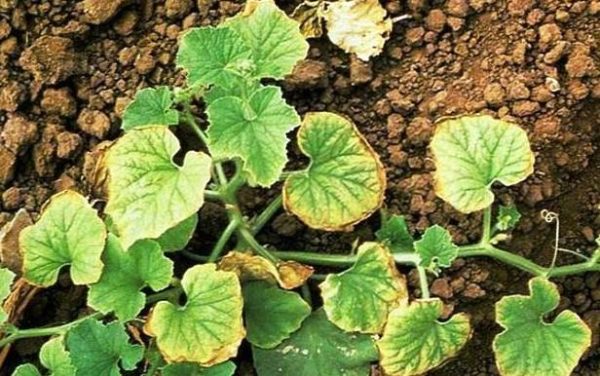
Other possible reasons include:
- insufficient pollination, as a result of which ovaries are poorly formed on the plant;
- congestion of the ovaries;
- fungal or insect infestation;
- soil deficiency in nitrogen and other microelements.
Yellowness on street plants, disease
When growing cucumbers in open ground, the yellowness of the leaves often indicates a violation of watering: a lack or excess of moisture. In case of strong heat, it is recommended to water the bushes daily (in the morning or in the evening). If the summer temperature is moderate, it is enough to irrigate the beds 2-3 times a week. But before each procedure is to assess the condition of the soil, to prevent stagnant water. Also should be timely loosening the soil.
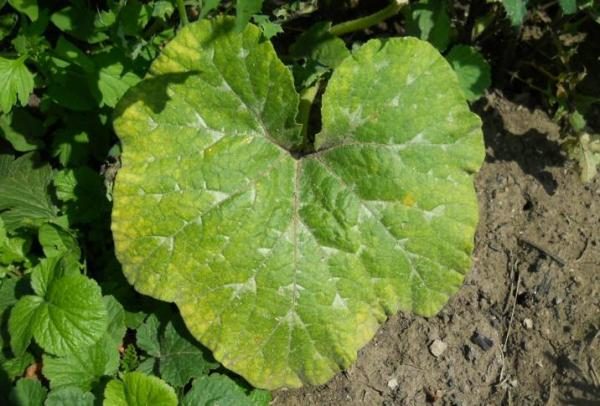
If we are talking about the defeat of a plant with diseases, then yellowness or white dots on greens indicates fungal infections: fusarium, pythiasis, etc. The leaf does not react to watering, it remains sluggish. It is necessary to treat: it is necessary to process it with special preparations, it is indispensable. The main thing is not to miss the time so that the affected area does not extend to the neighboring bushes. And do not rely on popular methods, it is better to act on science.
How to deal with the yellowing of leaves
One of the rules of cucumber care is that damaged areas should be removed to localize the problem. In the case of the yellowing of the sheet, there is no need to hurry; treatment is necessary here. First you should monitor the ambient temperature, soil conditions. This will help identify violations and correct them.
Make dressing - improve the soil in the greenhouse
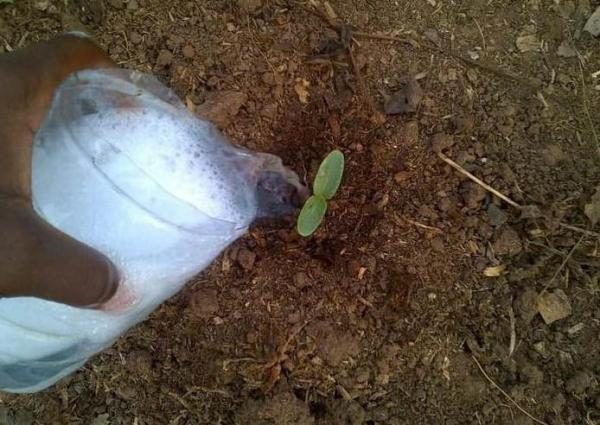
In addition to moisture and friability, the soil should be nutritious.. Growing seedlings are removed from the soil most of the trace elements necessary for development. Therefore, in agrotechnology there is a schedule for the introduction of fertilizing, which enriches the environment with useful substances, helps to strengthen the immune system of the plant. There are two ways to introduce a useful substance. One is to sprinkle with the prepared solution, the second is to scatter dry granules of factory production according to the instructions and pour plenty of water.
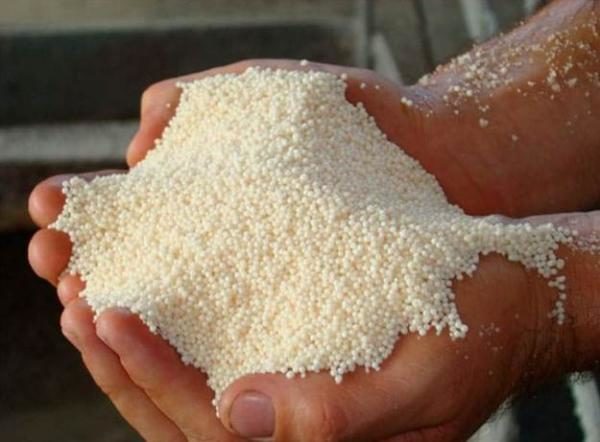
To remedy the situation it is necessary to carry out comprehensive feeding in time. Organic alternate with mineral, as well, and root with foliar. The scheme of introduction of nutrients:
- the first time to feed cucumbers should be with the appearance on the shoots of a single leaf (ammofoska; azofoska; manure; bird droppings; herbal infusions);
- the second time falls on the beginning of the flowering period (solution from water and wood ash 10 l / 1 cup; potash and ammonium nitrate 20 and 30 g., superphosphate 40 g. per bucket of water);
- the third dressing is carried out during the active period of fruiting (a solution of nitrophoska 10 liters of water per item of laboratory means; a solution of water from 10 liters, a mullein 0.5 liters and potassium sulfate 1 tsp.);
- the fourth dressing is used for varieties with a long period of fruiting (solution from wood ash, manure or bird droppings).
Competent watering does not allow the soil to dry
Correct the error in irrigation, taking into account the following factors:
- soil type;
- age of cucumbers;
- features agrotechnics varieties;
- weather conditions.
To protect the plants from drying, it is recommended to lay the beds of mulch. So the soil moisture will be preserved longer in hot weather. You do not have to flood the plants, as a result of which a fungal disease can develop.
When choosing an irrigation system, give preference to sprinkling and drip irrigation. Dosed hydration will also prevent the defeat of the culture with powdery mildew, root and olive rot.
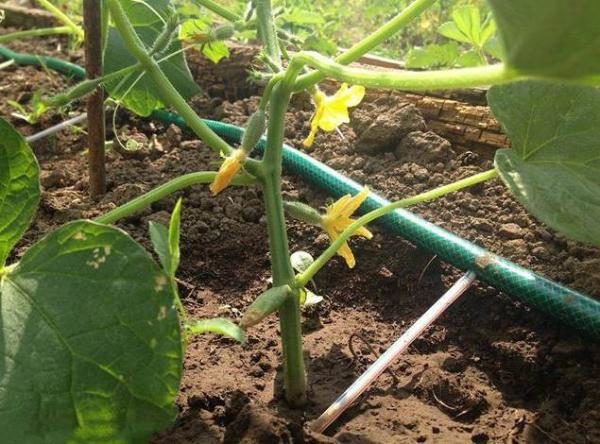
Organize an automated hydroponics for a novice gardener will not be able to.
In the open ground it is necessary to moisten the bed more often than when growing greens in a greenhouse. Beginners should use watering rates for one bush as a basis:
- at the age of escape up to 1 month 0.5-1 l of water will be required
- from 1 to 2 months the rate of water increases to 1.5 liters;
- from 2 to 3 months - up to 2-2.5 l;
- over 3 months - up to 3-3.5 liters.
Light and temperature, do not let the plant turn yellow
A characteristic sign of a lack of light is the yellowing of the lower leaves on the bushes.It is impossible to change the landing site of the developed bushes, so we should carry out weeding in a timely manner so that weeds do not form a shadow. Also during the formation of the scourge you need to take care that the neighboring plants do not spread out on each other. This will not happen if the recommended scheme is taken into account when disembarking. Compliance with the intervals will help prevent the thickening of the bed.
The change in temperature also affects the color of the cucumber leaf. It is impossible to affect nature, but it will be possible to save the plant from low temperatures with the help of carcass construction and film cover. If the climate is different aridity, then the landing of cucumbers should be done between the corn or sunflower. Neighboring crops will diffuse sunlight, preventing the formation of burns on the green.
Errors when landing in an open ground
It is often difficult to correct mistakes when yellowness is detected on the sheets, because the reasons may lie in the improper planting of seedlings or seeds. Therefore, it is important to observe the basic requirements at the beginning of the formation of beds:
- every season you can change the place for cucumbers (you can return to the previous 3-4 years later);
- observe the distance between the holes, do not save on the aisle;
- do not use more fertilizer than indicated on the package, an excess of nitrogen, for example, burns a young plant;
- before planting seedlings it harden for at least a week;
- when choosing neighbors take into account the survivability of crops.
Pest treatment, treatment products
If the bed is still attacked by pests, it is treated with insecticides and acaricides. Among the popular drugs are the following:
- Aktara (spraying a plant with a solution of 10 l of water and a 2 gr. Product);
- Actellic (spraying the plants with a solution of 10 l of water and 30 ml of the product);
- Thunder (introduced into the soil with a depth of 3-5 cm 30 g. / 10 m2);
- Thunderstorm (granules are scattered in the aisle 30 gr. / 10 m2);
- Phytoverm (before planting seedlings for 2-3 days, powder is poured over the surface of the soil 200 g / 1 m2 with subsequent penetration into 15 cm).
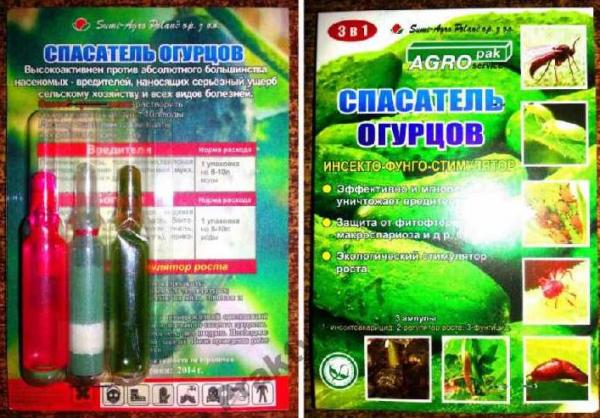
Rescuer Cucumber Insecto-Fungo-Stimulator
Prevent yellowing, spray nutrient mixture
In order to prevent it is recommended to follow simple rules:
Before sowing, carefully prepare the soil, enrich it with nutrients in the right proportions (you should not increase the rate of fertilizer consumption);
- annually change the place for a cucumber bed;
- seedlings with 2-3 leaves should be sprayed with a nutrient mixture of water (10 l), milk (1 l), iodine (30 drops) and laundry soap (20 g);
- for irrigation use the nutrient fluid obtained after infusing bread with water;
- dusting the soil surface with wood ash will not only neutralize acidic soil, but also become a protection against pests.
The problem of yellowing can not be faced at all if all the rules of care and prevention are followed in a timely manner. It is much easier than wasting energy and nerves to restore the affected plant.
